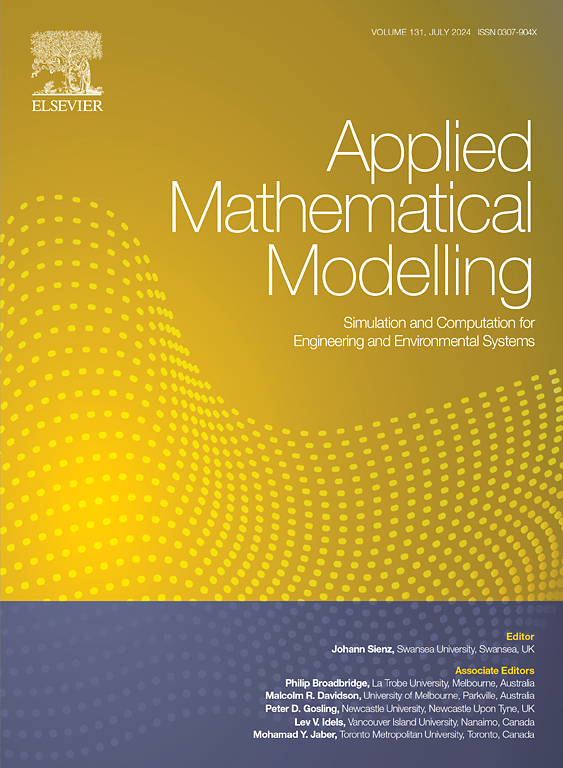Nonconvex tensorial submodule clustering of 2-D images by mining local and global structural information
IF 4.4
2区 工程技术
Q1 ENGINEERING, MULTIDISCIPLINARY
引用次数: 0
Abstract
Traditional subspace clustering methods convert each sample into a vector, which destroys the original spatial structure of the data and affects the clustering results. Therefore, we propose a novel submodule clustering method, NTSCLG, which twists each sample matrix and stacks them into a tensor, greatly preserving the intrinsic structure of the data. NTSCLG utilizes the t-product operator to generalize the traditional subspace representation to the free submodule union framework. The global structural characteristics of tensors are extracted using a nonconvex -norm constraint, a symmetric uncertainty measure based on pointwise fuzzy mutual information (MI), a sparse -norm constraint, and tensor low-rank constraint induced by log function. Notably, NTSCLG leverages tensor-based graph Laplacian local manifold regularization and the global dissimilarity matrix constructed from MI to enhance intra-cluster similarity and inter-cluster discrimination. Comprehensive experiments on multiple public datasets verify the effectiveness of the established NTSCLG algorithm, highlighting its superior clustering capability compared to existing methods.
求助全文
约1分钟内获得全文
求助全文
来源期刊

Applied Mathematical Modelling
数学-工程:综合
CiteScore
9.80
自引率
8.00%
发文量
508
审稿时长
43 days
期刊介绍:
Applied Mathematical Modelling focuses on research related to the mathematical modelling of engineering and environmental processes, manufacturing, and industrial systems. A significant emerging area of research activity involves multiphysics processes, and contributions in this area are particularly encouraged.
This influential publication covers a wide spectrum of subjects including heat transfer, fluid mechanics, CFD, and transport phenomena; solid mechanics and mechanics of metals; electromagnets and MHD; reliability modelling and system optimization; finite volume, finite element, and boundary element procedures; modelling of inventory, industrial, manufacturing and logistics systems for viable decision making; civil engineering systems and structures; mineral and energy resources; relevant software engineering issues associated with CAD and CAE; and materials and metallurgical engineering.
Applied Mathematical Modelling is primarily interested in papers developing increased insights into real-world problems through novel mathematical modelling, novel applications or a combination of these. Papers employing existing numerical techniques must demonstrate sufficient novelty in the solution of practical problems. Papers on fuzzy logic in decision-making or purely financial mathematics are normally not considered. Research on fractional differential equations, bifurcation, and numerical methods needs to include practical examples. Population dynamics must solve realistic scenarios. Papers in the area of logistics and business modelling should demonstrate meaningful managerial insight. Submissions with no real-world application will not be considered.
 求助内容:
求助内容: 应助结果提醒方式:
应助结果提醒方式:


